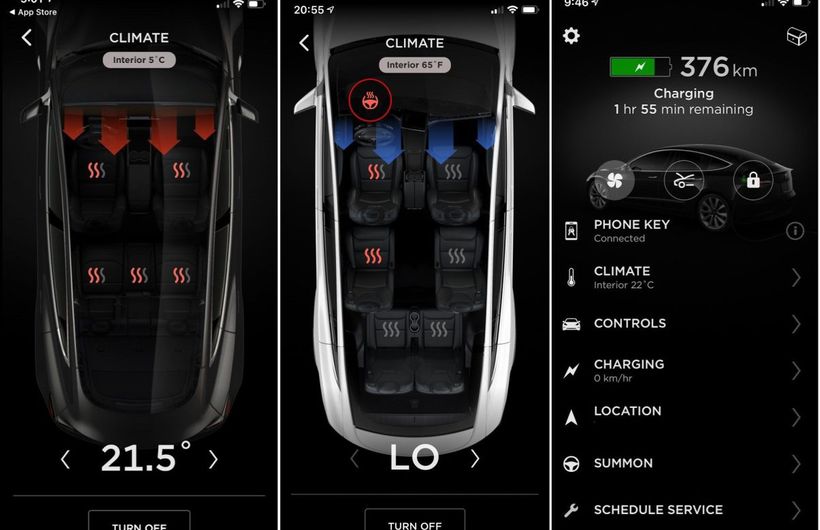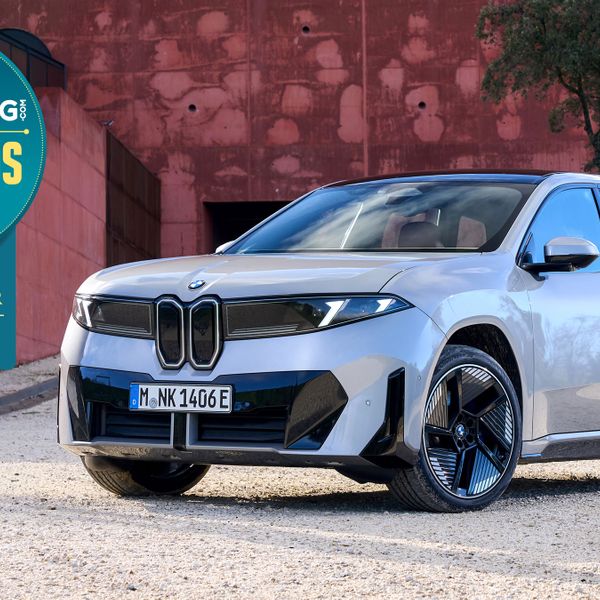A heat pump is one of those things that nobody had ever heard about a few years ago and now everybody is talking about them. Heat pumps are super-efficient electric heaters and unlike conventional resistance heaters of the sort used in kettles, ovens, or room heaters, they generate more energy in the form of heat than they consume as electricity to power them.
For an electric car which relies on electrical energy from the battery to heat the cabin, the advantage of using a heat pump to warm the inside of the car compared to a conventional electric heater is obvious, it uses less energy.
The energy a heat pumps saves can be used to power the car and increase range.
How do heat pumps work?
If all that sounds a bit new-fangled and a little hard to swallow, the heat pump concept has been in use for a long time. In fact, most of us have grown up with a form of heat pump in our kitchens better known as the fridge. Most modern cars already have something similar in them too, called air conditioning.
How does a heat pump work? A heat pump used to warm a house or an electric vehicle cabin works on the same principal as a fridge, freezer or air conditioning system, but in reverse. Refreshingly, a heat pump is one of those things that does exactly what the name implies, it pushes heat from one place to another. A heat pump makes things cold by removing heat rather than adding cold and by the same token, a heat pump can warm something or some place by depositing heat it’s removed from somewhere else.
In simple terms, the refrigeration circuit in a household fridge works like this. Refrigerant gas is compressed in tubing mounted on the back of the fridge which causes it to heat up. The tubing radiates the heat into the room and the gas cools down turning into liquid. While still under pressure, the now liquid refrigerant passes into a series of larger volume tubes winding around inside the chiller compartment of the fridge called the evaporator. The pressure drops, causing the liquid refrigerant to evaporate (just as water evaporating on the skin cools you down) and the inside of the fridge gets cold.
Now imagine the room being the inside of your car, and the chiller compartment of the fridge being exposed to the air outside your car. The reverse fridge, or heat pump, is sucking heat from the outside air and transferring it to the cabin of your car. Surprisingly, this works even in very cold weather, as many Scandinavians heating their homes using heat pumps will testify.
Is a heat pump worth it?
The average internal combustion engine converts less than half of the energy contained in the fuel it burns into power. A small amount of that waste heat can be used to heat the cabin in cold weather but the rest is wasted via the engine’s cooling system. EVs also generate some heat from the battery and motor and many EVs have liquid-cooled batteries and motors as a result. Some manufacturers combine the heat pump with these cooling systems, so they can not only take heat from the air to warm the cabin but also extract heat from the EVs driveline cooling system as well. Given that the range of an electric car is reduced in the cold winter months, cutting down on energy use for cabin heating is well worth it.
Which electric cars have heat pumps? How much do they cost?
A good number of premium electric cars these days are fitted with heat pumps as standard, including Teslas, Hyundai’s Ioniq 5, Kia’s EV6 and BMW’s i4 to name a few, but not all premium cars have them so you need to check when buying new. As an option they cost the lion’s share of £1,000 and they can’t be retro-fitted so again, if you’re buying secondhand, a little research pays dividends.
 Heat pumps make your car more efficient in winter
Heat pumps make your car more efficient in winter 








